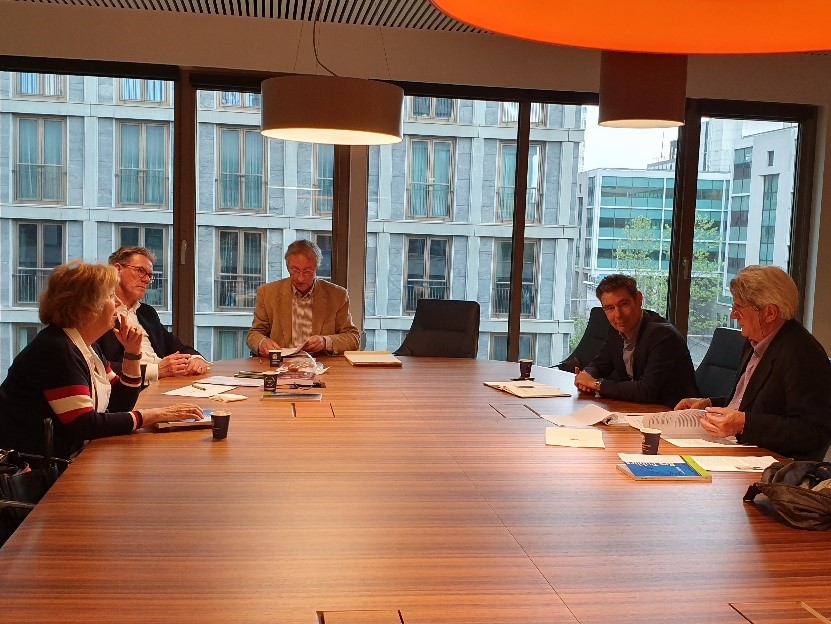
The organization as home base
There is a rule of thumb that says that the public affairs professional spends 80 percent of his or her time on work within his or her own organization. Not only to sit behind the desk and collect information, but especially to provide internal feedback, increase trust among colleagues, obtain a mandate and be accountable for external activities. Surprisingly little has been written about that internal environment. That's why we've made the home front an important part of our book.
The work of a public affairs professional is reminiscent of an ambassador who has been living and working in another country for some time. He enters into all kinds of business and diplomatic relationships there. Personal friendships are also formed.
Just like an ambassador, the public affairs advisor is one boundary spanner. Someone who works on the border between home base and the outside world. The internal activities mainly concern the coordination and feedback of the efforts and results of monitoring, strategy and lobby-performance. These are all things that have been developed to influence the policy process in the outside world and on one's own social position. The working method obviously depends on the type of organization and its size: a multinational works differently than a housing association or a municipality.
Colleagues join in lobbying
Traditionally, the public affairs professional is usually found in the organization's support staff, ranging from the legal staff, the strategy department, communications to facility services. In a turbulent environment, the need and emphasis and therefore the design and internal positioning of public affairs will be different than in an environment with more peace and stability. In complex and large organizations, the position will mainly have to have strategic strength and involve colleagues who lobby. The scope of issues at stake and their importance require a lot of coordination at home.



